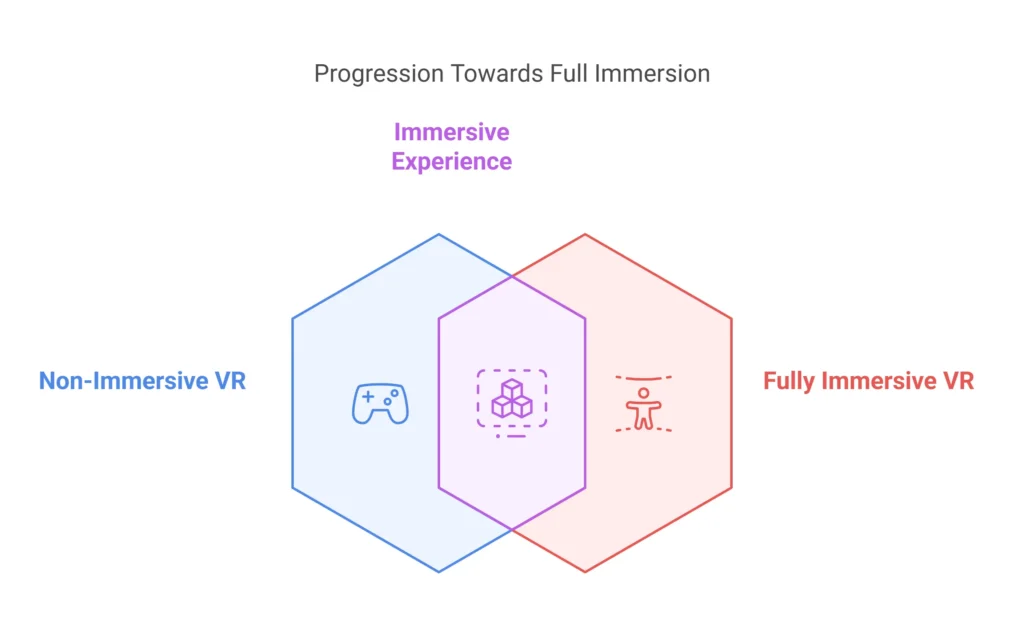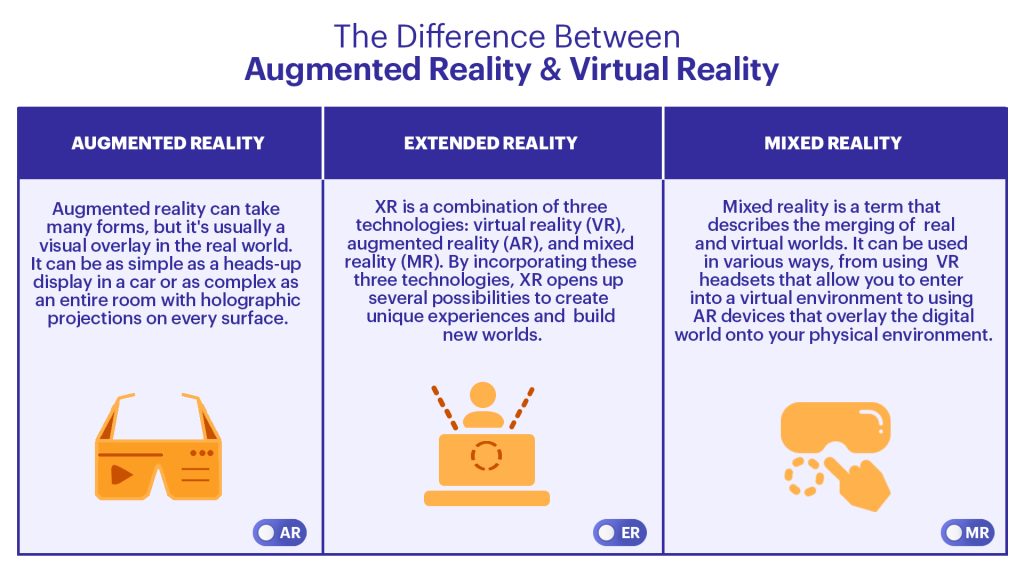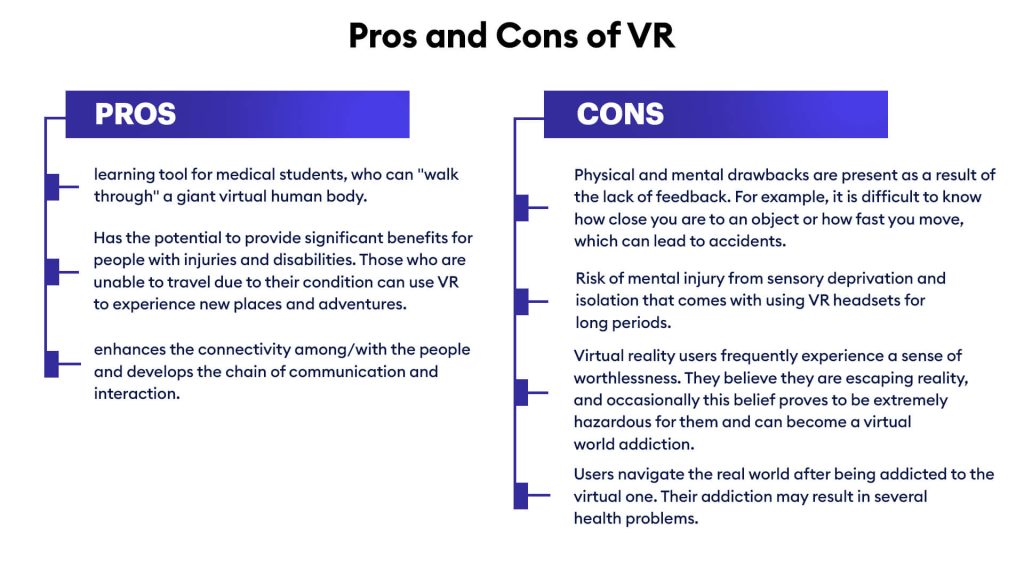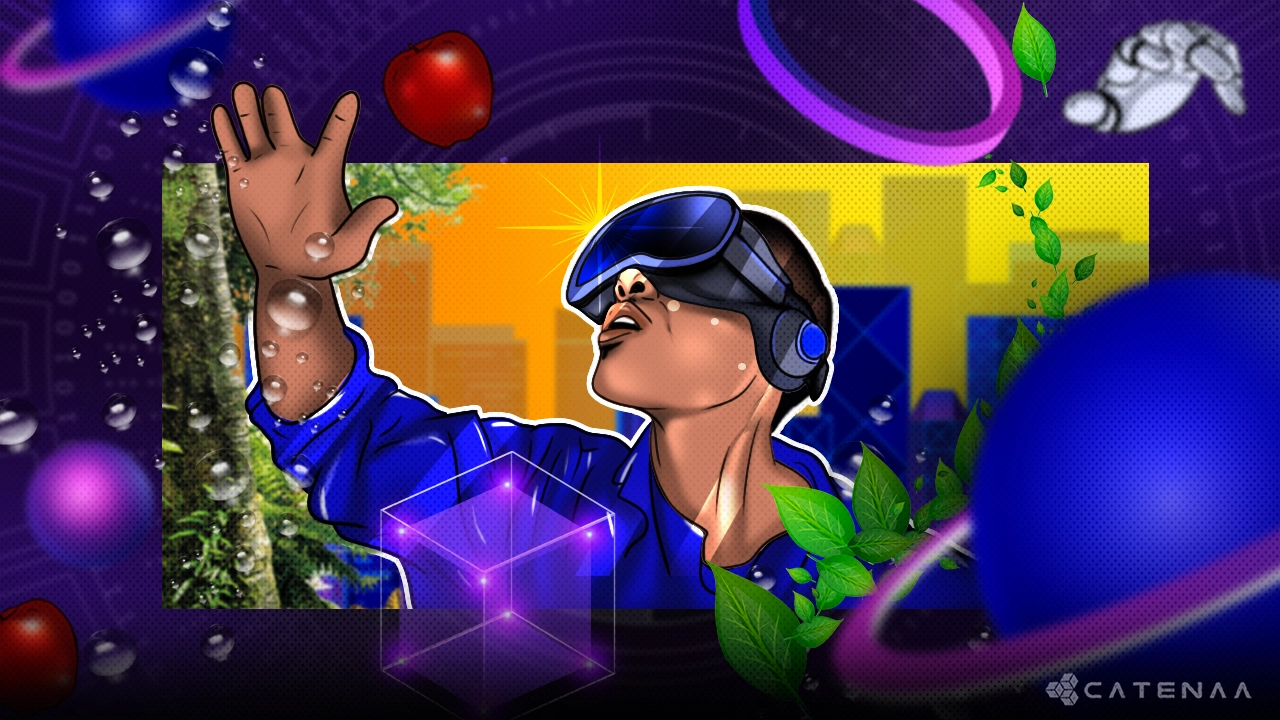Table of Contents
Virtual worlds were once only seen in science fiction, but with technological advancements, these imaginative realms are becoming a tangible possibility. It may be soon that you or an avatar representing you can venture to the edge of the Milky Way with your companions while enjoying the comfort of your home through virtual reality.
Most of you may not know that VR has existed since the 1960s, when Ivan Sutherland first created it to simulate computer-generated environments and objects in real-time. In the 1990s, it became popular with video game designers as they worked on 3D graphics and began designing virtual worlds that players could explore. This technology has become more sophisticated today as companies create higher-resolution graphics and better hardware to support these experiences.
A computer becomes a portal into new realms when all five human senses are simulated. Content availability, computational power, and hardware are the only constraints for a fantastic VR experience. You’re not alone if you still need help understanding futuristic ideas like the metaverse and AR vs. VR. But don’t worry: We’re breaking down the concepts and explaining the sort of technology you might encounter soon.
So, what exactly is virtual reality? Read on to find out.
What is VR?
Virtual reality is a computer-generated technology that transports you to a different environment, creating a digital “space” where you can interact with others and move around in a simulated world. This virtual space can take many forms, from a cozy cabin or an office building to a golf course or a sunny beach. With the help of rapid technological advancements, virtual reality is becoming more functional and realistic every day. Although the environment is built using computer hardware and software, users may need accessories to interact with it. As a result, users can better suspend disbelief and treat a VR experience as accurate. The more restricted your physical surroundings are, the more immersive your experience will be.
The virtual reality (VR) industry has yet to reach its ultimate objective of creating a fully immersive environment where users can experience a range of sensations that mimic the physical world. Nevertheless, the technology has made significant progress in delivering a genuine sensory experience and shows promise for commercial application in various fields. However, it’s important to note that not all VR experiences are the same. In the future, you may encounter one or all of four different types of VR: non-immersive, semi-immersive, immersive, and fully immersive.

- Nonimmersive VR is a technology that has been around for a while. You probably already use it regularly. These programs create a virtual environment you can view and navigate using your phone or computer. FPV (first-person video) games are the most popular type of virtual reality program. The most popular kind of virtual reality is first-person video games. They are games that you play in first-person. These games are the most popular because they make players feel inside the game, which is what VR is all about. Non-immersive virtual reality (VR) is demonstrated through applications like video games and websites, where users have the ability to customize the appearance of a room. These programs allow users to see themselves in a virtual world, but it’s not like they’re there.
- Semi-immersive VR is the next level of virtual reality that offers a more realistic experience. This technology involves the use of hardware, such as a headset or a 3D screen, to create a virtual environment around the user. While exploring the simulated space, the user still interacts with the virtual world using real-world objects. Examples of semi-immersive VR include 3D rides at amusement parks.
- Immersive VR, a virtual reality (VR) headset. It’s a device that houses a screen in front of the eyes, enabling the user to view images as if they were in the physical world. The headset typically covers the eyes, ears, and sometimes the nose. Additionally, it may come with other accessories, such as hand controls, motion sensors, and other wearables, to create a complete VR experience. VR not only provides a novel way to perceive the world but also allows for interaction with it. One can physically move around a virtual space using VR and interact with objects inside the simulated environment. For instance, you could walk into a virtual shoe store, pick a shoe off the shelf, examine it, and even purchase it, all from the comfort of your home. Thanks to VR, you no longer need to leave your house to partake in these activities. It offers an immersive experience that allows you to explore different places and carry out tasks like in real-life situations.
- Fully Immersive VR Fully immersive VR technology is the type of technology that can simulate all five senses to create a virtual experience that feels “real.” You may have seen this type of technology in science fiction movies, and while it’s not fully developed yet, it’s advancing more rapidly than you might expect. Despite being in its early stages, fully immersive VR technology has already considerably impacted the gaming industry and is generating interest in various other sectors.
What are AR, MR, and XR?
The idea of a virtual world is mind-blowing; this is where AR, MR, and XR come in. AR and MR are different from VR because they both have some form of interaction with the real world. For example, AR overlays digital objects onto the physical environment, whereas MR creates a mix of digital and material things. XR is the common term for all three technologies: VR, AR, and MR. It is still unclear what impact it will have on our lives, but many potential use cases exist.

AR, or augmented reality, is the technology that lets you see things that are not there.
AR is more than just a visual experience. It’s also an interactive one. This technology can create new experiences and provide information about objects we encounter. Augmented reality can take many forms, but it’s usually a visual overlay on the real world. It can be as simple as a heads-up display in a car or as complex as an entire room with holographic projections on every surface.
Mixed reality is a term that describes the merging of real and virtual worlds. It can be used in various ways, from VR headsets that allow you to enter a virtual environment to AR devices that overlay the digital world onto your physical environment.
In recent years, we have seen more developers building mixed-reality devices and applications, such as Microsoft’s HoloLens. This mixed-reality device uses a see-through display to combine the virtual and real worlds. Mixed reality is becoming more mainstream as it is used for gaming, education, healthcare, and military applications.
XR, or extended reality, is the umbrella term for any tech—including VR, AR, and MR—creating a virtual real-world component.
Pros and cons of VR
There are many benefits to using virtual reality. It reduces expenses, risks, and time for office workers who travel for business trips or conferences. Plus, VR adds features that don’t exist in the real world and can improve lives in many ways, from treating PTSD to teaching kids about climate change to helping people overcome their fear of heights by taking them on virtual skywalks.

VR is now a learning tool for medical students, who can “walk through” a giant virtual human body. This will help them zoom in or out better to visualize organs, tendons, and other body parts, but they can also pull up any part of the body to see it from different angles.
Virtual reality can provide significant benefits for people with injuries and disabilities. Those who are unable to travel due to their condition can use VR to experience new places and adventures. Furthermore, virtual reality has been found to have a positive impact on the brain’s behavior. In a small study, burn victims who used VR to “visit” a snowy mountain reported feeling pain relief similar to prescription narcotics. These findings suggest that virtual reality could be a valuable tool to manage pain and improve the overall well-being of people with disabilities and injuries. Further, it enhances connectivity among and with people and develops the chain of communication and interaction. You can speak with someone you don’t know in real life through virtual reality, and compared to real life, it makes it easier to establish new relationships.
Moving on to the cons, physical and mental drawbacks are present as a result of the lack of feedback. For example, it is difficult to know how close you are to an object or how fast you move, which can lead to accidents and physical injuries. But there’s also the risk of mental injury from the sensory deprivation and isolation that come with using VR headsets for long periods of time.
Moreover, virtual reality users frequently experience a sense of worthlessness. They believe they are escaping reality, and occasionally, this belief proves to be extremely hazardous for them and can become a virtual world addiction. Users navigate the real world after becoming addicted to the virtual one. Their addiction may result in several health problems. Despite being employed in many different sectors, VR is not perfect and has a long road ahead of it before mass-scale adoption.
To Put It Simply
The potential of virtual reality is vast, but some of its applications may still be far in the future. Just as the internet revolutionised the way we live in the 1990s and has become an integral part of our daily lives, it’s possible that VR could eventually become just as ubiquitous and effortless as using a smartphone or putting on a pair of sunglasses, Whether you’re looking for new ways to explore and connect with the world or simply seeking an escape from reality, VR is sure to be at the forefront of the digital frontier for years to come.


